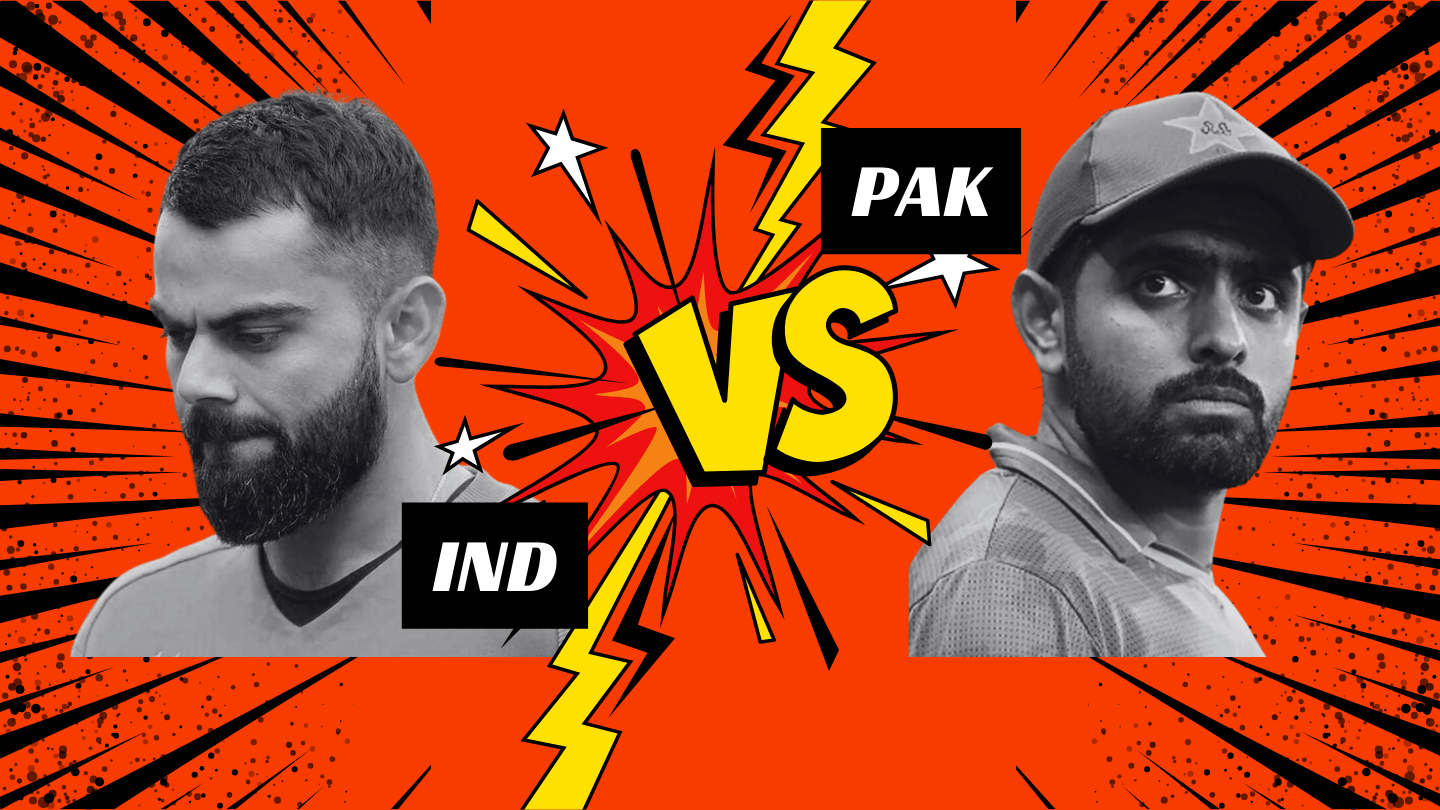It is often said that cricket isn’t just a sport; it is a way of life. In this intricate game, every rule holds immense importance, contributing to its charm and mystique.
One such enigmatic rule that has left players, fans, and even commentators scratching their heads is the Leg Before Wicket or LBW rule.
What is Leg Before Wicket (LBW) in Cricket?
In cricket, ‘Leg Before Wicket’ (LBW) is a method of dismissing a batsman to prevent a batsman from using his body, particularly his legs, to prevent the ball from hitting the wicket.
Explaining LBW in Simple Terms
The LBW rule comes into play when a bowler delivers a ball, and the batsman fails to strike it with his bat, but instead, it hits any part of his body between the wickets (below the knees and above the waist), and the umpire believes that the ball would have gone on to hit the stumps if not for the interference.
An umpire can give a batsman out LBW if the following conditions are met:
The Ball is Legal
The ball must not be a no-ball (an illegal delivery).
Interception by the Batsman
The ball, if it is not intercepted by the bat, must first strike a part of the batsman’s body.
The Ball is In Line
The ball, in the opinion of the umpire, would have hit the wickets if the batsman’s body had not intercepted it. This must be in line with the wickets, but this does not necessarily have to be the case if the batsman makes no attempt to play the ball with their bat.
The Ball Did Not Pitch Outside Leg Stump
The ball must not have pitched (bounced for the first time) outside the line of the leg stump.
The LBW rule is one of the most complex in cricket, and it often leads to controversy due to its reliance on the umpire’s judgement.
With the advent of technology like Hawk-Eye and the Decision Review System (DRS), decisions have become more accurate, but they can still be a major talking point in any cricket match.
An Analogy from Real-World Cricket
To better understand LBW, imagine a real-world analogy: a bowler’s delivery is akin to a speeding car hurtling towards the stumps, while the batsman’s body becomes an obstacle that deflects the car’s path.
Now, if the car would have hit the stumps had the batsman’s body not intervened, he would be given out LBW. A similar judgment is made during the game to determine if the batsman’s body impeded the ball from hitting the stumps.
Factors Considered in Decision Making
The LBW rule incorporates various factors that the umpire takes into account when making a decision. Firstly, the position of the ball’s impact on the batsman’s body, the line of delivery, and whether it would have hit the stumps must all be evaluated.
Additionally, the umpire must gauge the degree to which the ball would have carried had the batsman’s body not interfered.
Challenges Faced in LBW Decisions
Decisions regarding LBW are often debated, scrutinized, and the source of controversy in cricket. The sheer complexity of this rule, coupled with the rapidly changing dynamics of the game, makes it a challenge for umpires to make accurate judgments in real-time.
Crucially, technology plays a pivotal role in assisting umpires, with the introduction of ball-tracking systems like Hawk-Eye.
These systems provide additional insight and data to help umpires determine whether the ball would have hit the stumps or not. However, even with these technological advances, the human element remains crucial, as LBW decisions can still be subjective.
Conclusion: Leg Before Wicket (LBW) Explained
In cricket, where precision and strategy reign supreme, the LBW rule stands as a testament to the game’s complexity. Its interpretation demands attention to detail, analysis, and fair judgment from umpires.
Although LBW decisions may continue to evoke debates and controversies, they ultimately contribute to the sport’s captivating nature.
So, the next time you watch a cricket match, keep an eye out for those LBW appeals, for they are a testament to the fine balance cricket strikes between tradition and innovation.











